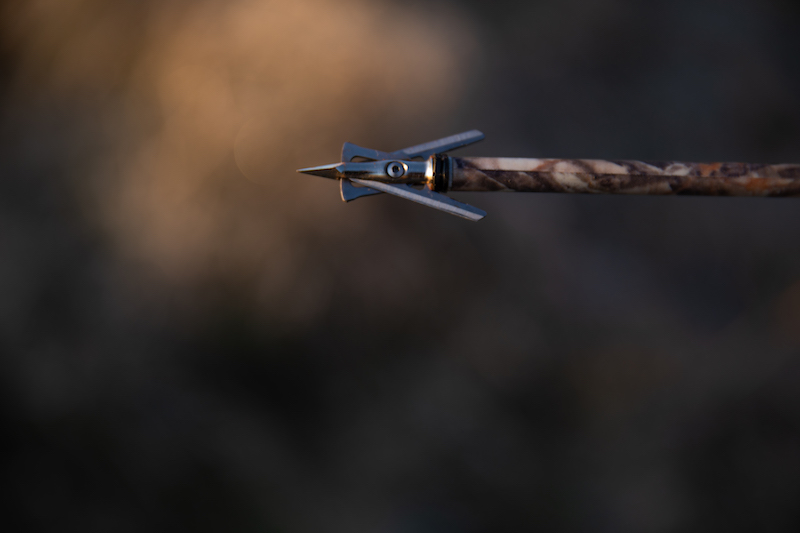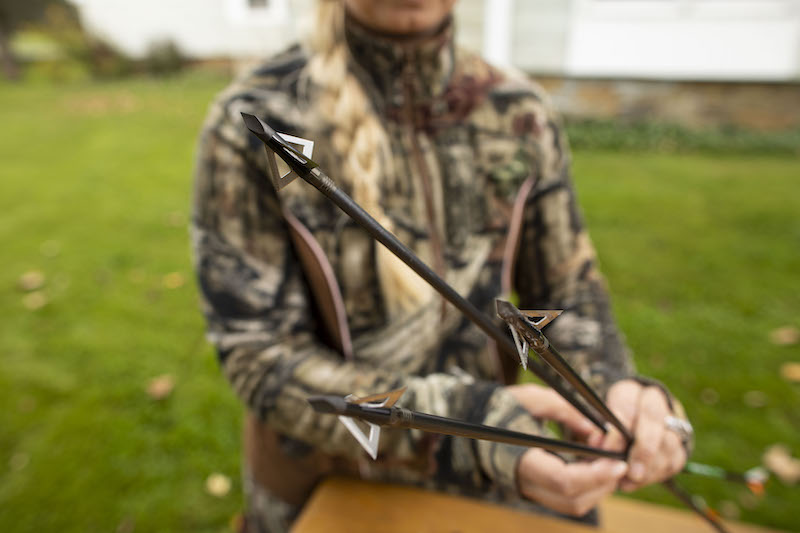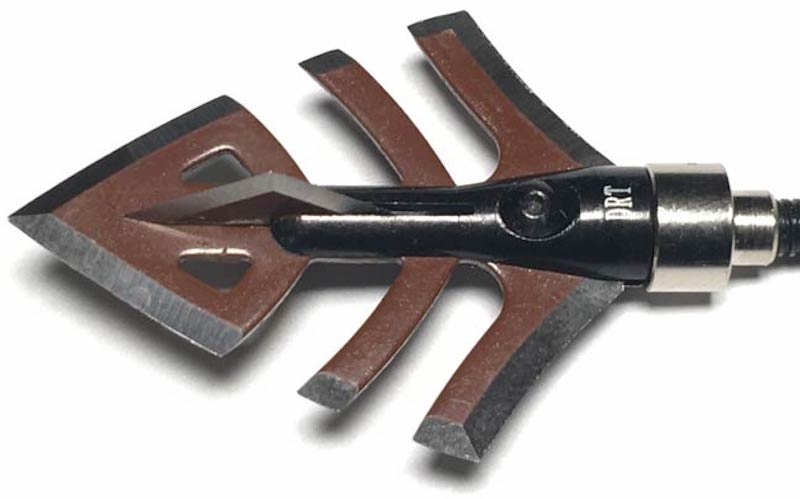Wild turkeys have telescopic, full-color vision and great hearing. But the challenge of hunting them doesn’t end with the birds’ keen senses, especially for bowhunters. Turkeys have a small vitals area and are tough birds. This makes selecting the right broadhead a critical part of your turkey hunting plan. Archery shops, outdoor stores and online retailers stock a wide variety. While any broadhead that is sharp and flies true will do the job, understanding your options will help you choose the ideal broadhead for you.

Mechanical broadheads fly with their blades closed, opening upon impact. Because their blades are low-profile in flight, mechanicals have two key advantages for turkey hunters. One, they’re generally easier to tune than fixed-blade broadheads. And two, the closed blades can offer 2 inches or more of cutting diameter upon opening, causing more damage and adding a little forgiveness for shot placement.
Those large blades and the energy lost from opening them can impede penetration.
Adequate penetration for a pass-through is a top consideration when you’re selecting broadheads for deer and elk, but for turkeys, getting enough penetration to reach the vitals with a compound bow or crossbow usually isn’t an issue. An arrow that doesn’t pass through can actually be beneficial, too, since it can prevent a mortally hit turkey from taking flight or running.

Archers shooting a traditional bow or a compound bow with a low draw weight (less than 45 pounds) should consider using a fixed-blade broadhead. While you don’t need much penetration for turkeys, their dense feathers still require a fair amount of energy for an arrow to reach the vitals, and a fixed-blade broadhead ensures none of that energy is lost in opening blades.
Fixed blades will typically penetrate deeper than mechanical broadheads shot from the same bow, and they can be purchased in a variety of styles, from small-diameter, cut-on-contact two-blades for maximum penetration to wide-cutting three-blades. There are even some two-blade broadheads on the market with a cut nearly as wide as that of the widest mechanical.
Generally, smaller-diameter broadheads provide more penetration but less cutting surface. Larger-diameter broadheads obviously provide more cutting surface, but they are often more difficult to tune. But there are exceptions, and the staff at an archery shop can help you choose the best broadhead for your bow setup.

Some bowhunters prefer to aim for the head and neck of a turkey, and manufacturers have created specialized broadheads for that shot placement. These broadheads have long blades that aren’t meant to penetrate but to slice. They’re sometimes generically called guillotine broadheads, and the results they achieve with a well-placed shot are instantaneous.
Another style of turkey-specific broadheads has large serrations or forward-facing barbs that are designed to reduce penetration. If you want to shoot a fixed blade but are concerned about overpenetration, this could be the design for you.
After you’ve chosen your broadheads, there are a few things you need to do to get them ready to hunt. The first is to carefully screw them onto your arrows with a broadhead wrench. Then use an arrow spinner to make sure your broadheads are properly aligned.
If the broadhead wobbles, screw it into another arrow and spin again. If the problem persists, set that head aside and try another. If you still can’t get your broadhead to spin true, visit an archery shop and ask a pro to square your arrows. If all that fails, the issue might be a bent broadhead ferrule. The shop’s pro staff can further trouble-shoot the issue.
If your arrows spin true, make sure they impact where you’re aiming by shooting them into a broadhead target. The blades of many mechanical broadheads can be locked closed for practice. Others have dull practice heads or blades included for target shooting. If you do shoot your hunting broadheads into a target, be sure to touch up the blades afterward with a with a sharpener. Once they’re razor-sharp and hit where you aim them, they’re ready to take hunting.